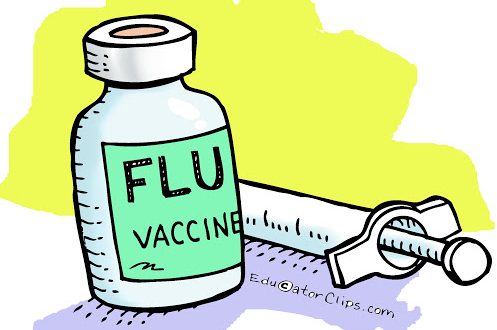
Mastitis is an inflammatory condition of the breast tissue that commonly affects mothers within the first four to six weeks following birth. It affects around 1 in 5 mothers in Australia and can be very painful and distressing.
Mastitis may be caused by either a blocked milk duct or a bacterial infection in the breast. Common causes for this include:
- Damage to the nipple (e.g. cracked nipples may allow bacteria from the skin to enter the breast tissue leading to infection)
- Poor attachment to the breast (e.g. a baby with a tongue-tie may have trouble attaching to the breast properly)
- Long breaks between feedings
- Breasts that are too full (oversupply of milk)
- Stopping breastfeeding too quickly
- An overly tight bra
- Trauma to the breast
Signs and symptoms of mastitis include painful, red and swollen areas (or lumps) in the breast, tenderness of the breasts, discharge, changed nipple sensation and flu-like symptoms such as fever, body aches, lethargy, nausea and fatigue.
Removing milk from the breast is very important for the prevention and treatment of mastitis. Treatment should be started as soon as you start to feel a lump, sore spot or discomfort.
Feeding your baby is the easiest way to remove milk from the breasts. Feed more often than usual and preferably start the feed from the sore breast first.
Gentle massage and the application of heat before a feed can help with milk let-down. Application of a cool-pack after a feed can also provide some relief.
Pumping (or ‘expressing’) is another means of draining excess milk if you have an over-supply or if your baby does not want to feed.
If your baby is not attaching to the breast properly, see a lactation consultant or a maternal & child health nurse for advice.
You should rest as much as possible and drink plenty of water. If you do not start to feel better after trying some of these methods to clear the blocked duct you should see a Doctor as soon as possible. Your Doctor may or may not prescribe antibiotics, which are safe to use while breastfeeding.
It is very important to seek urgent medical attention if you think you have mastitis as it can lead to the formation of a breast abscess.
To help prevent mastitis there are a couple of things you can try, including:
- Avoid the use of nipple creams or ointments, which may harbour bacteria.
- Washing your hands thoroughly before a feed
- Wearing loose, comfortable clothing that does not put too much pressure on the breast tissue
- Feed frequently
- Ensure your baby is attaching properly to the breast
Telephone advice is available 24 hours a day from the Australian Breastfeeding Association helpline on 1800 686 268 if you are unable to contact your local Doctor, lactation consultant or maternal & child health nurse.




